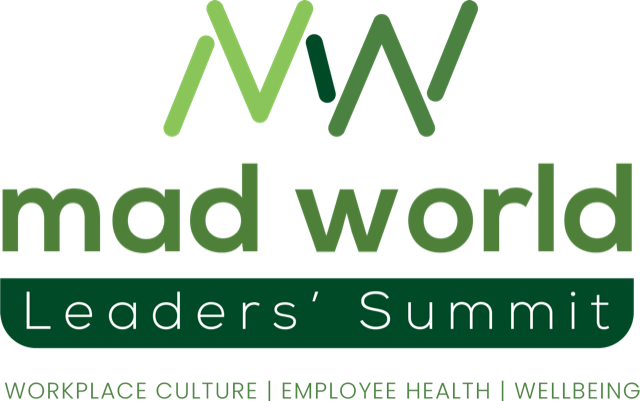In a world of constant change and constrained resources, one thing remains true: your people are your biggest asset. Yet, organisations too often repeat the same pattern launching training that fails to solve root problems, are easily forgotten and do little to support wellbeing.
It’s time to rethink how we grow capability, not just deliver content. Training isn’t just about learning, it’s a strategic driver of culture, capability and resilient performance.
In this article, I share why reframing training as a strategic lever, rather than simply a learning function, can unlock powerful outcomes for both wellbeing and performance. I’ll walk through how to apply the Training Cycle with impact, share key principles for embedding wellbeing into learning, and include a real-life case study showing how one organisation made significant gains in morale, performance and confidence without launching a separate wellbeing initiative.
The big shift: wellbeing as a byproduct of great training
Contrary to common belief, improving employee wellbeing doesn’t always require standalone wellbeing programmes. While targeted mental health initiatives can be highly effective with Deloitte reporting that every £1 invested in mental health support can have a ROI between £5 and £11 (Deloitte, 2024), there is another, often overlooked route to impact.
The real opportunity lies in how we design and deliver training. When done strategically, wellbeing emerges as a natural outcome of great training, particularly when it’s aligned to business realities, embedded in team culture and reinforced through day-to-day practice.
Wellbeing improves when training is:
- Rooted in real business needs
Training that addresses actual data-driven challenges such as high absence, turnover or performance dips creates the space to tackle the pressures that fuel burnout and poor performance. - Tailored to real-world job pressures
Programmes that reflect the reality of specific roles (e.g., customer-facing stress, remote working, time demands) are more engaging, relevant and effective. - Reinforced in operational settings
When learning is followed up through coaching and peer support it’s more likely to lead to behaviour change and less likely to feel like “extra work.” - Supported by leadership and culture
When managers model wellbeing-positive behaviours (like boundary setting, open conversations and clarity), the learning sticks and builds a positive business culture. - Grounded in psychological safety
Training that enables trust, open dialogue and emotional literacy creates safer spaces where people feel seen, supported and empowered.
In conclusion, wellbeing isn’t just something we train about — it’s something we build through how we train.
When training delivers more
The table below highlights how general training programmes at well-known global companies have led to measurable gains in employee wellbeing.
| Training Focus | Wellbeing Outcome |
| Line Manager Development focusing on improving behaviours through coaching, feedback & empathy. (Google) | ↑ Psychological safety, ↓ burnout |
| ‘Growth Mindset’ culture shift training leaders in coaching, communication and accountability. (Microsoft) | ↑ Resilience, ↓ micromanagement |
| Inclusive leadership, emotional intelligence and psychological safety training. (Accenture) | ↑ Inclusion, ↓ presenteeism |
| Team collaboration development with a focus on collaboration, conflict resolution and communication. (Cisco) | ↑ Connection, ↓ stress, ↓ turnover |
The training cycle: your framework for strategic impact
The Training Cycle is a five-stage model used by L&D teams to create effective learning for business impact. But for leaders, it is so much more than a learning framework. It is a strategic tool to drive change, embed wellbeing and improve performance. By providing a clear structure for designing, delivering and evaluating training. The training cycle ensures that every intervention delivers measurable outcomes where they matter most.
- Training Needs Analysis – A solid TNA ensures relevant, targeted and focused training aligned to business strategy. Don’t skip this stage! The deeper the insights here the more effective the next steps in the cycle will be.
- Training Design – Insights from the TNA are used to define learning objectives and influence training that has purpose, is role specific and outcome focused.
- Training Development – Build engaging, and interactive content that reinforces learning. Don’t overlook the value of pre- and post-learning activities to extend the impact beyond the session.
- Training Delivery – Deliver content in formats that fit your learners and enable maximum engagement. Consider workshops, digital modules, peer learning or blended methods.
- Training Evaluation & Follow Up – Measure what matters (and think about this too at the TNA stage) Track behavioural change, performance and wellbeing outcomes. Use this data to demonstrate ROI, continuous improvement and measurable business outcomes.
Case snapshot: from burnout to better business
A national logistics firm faced rising stress-related absence, low morale and inconsistent customer experiences. Instead of launching a standalone wellbeing programme they used the training cycle to redesign their operational training that had wellbeing embedded and viewed as a strategic outcome.
How they applied the training cycle:
- Training Needs Analysis (TNA): They reviewed absence data, customer complaints and used pulse surveys. It was highlighted that confidence, pressure handling and lack of clarity in escalation as the key challenges.
- Design: Creation of a tailored programme, Resilience in Real-Time, focused on de-escalation, boundary setting and workload management. Learning outcomes were mapped to service KPIs (complaints, NPS, attendance).
- Development: Training was built in short and practical formats that included 90-minute workshops, learning labs, and a digital hub with cheat sheets and scripts. The formats ensured easy access of material and relevance across teams.
- Delivery: Embedded learning via peer “champions,” coaching check-ins at weeks 2, 4 and 8 and CRM-integrated prompts to reinforce learning in the flow of work.
- Evaluation: The tracking of metrics pre- and post-training as well as during was considered. Collation of manager feedback and pulse data confirmed a clear shift in team confidence and behaviour.
Results:
- 15% reduction in absenteeism
- 8% improvement in average customer handling time
- 22% increase in team confidence
They didn’t set out to build a wellbeing programme. They redesigned operational training and wellbeing improved as a result.
Training mistakes that cost you impact
| Pitfall | Why It Fails |
| Skipping TNA | Solving the wrong problem leads to wasted time and budget. |
| One-size-fits-all | Generic content disengages employees. |
| No follow-through | Relevance of learning in the workplace disappears without reinforcement. |
| No evaluation | You can’t prove ROI without metrics. |
| No strategic link | Training without alignment is seen as a ‘nice to have’ and you will be back to square one (or No. 1 of the cycle!). |
Why this matters to business leaders
Strategic training delivers measurable business outcomes. It’s not just about developing skills — it’s about strengthening the entire culture of performance.
- Reduced Absence and Turnover – Well-designed training supports mental health, improves coping strategies, and reduces stress-related absences.
- Improved Engagement and Retention – Employees who feel invested in are more likely to stay, contribute, and thrive.
- Greater Productivity and Innovation – High wellbeing teams are more collaborative, focused, and creative.
- More Resilient, Agile Teams – Training supports adaptability and faster recovery during change or crisis.
- Stronger Alignment to Strategy – When training aligns with DEI, ESG, and talent strategy, it reinforces long-term goals.
Leader takeaway: make training work harder
Training is not the intervention — it’s part of the system. Every initiative becomes an opportunity for wellbeing, capability and long-term performance when approached strategically.
What You Can Do Next:
- Insist on data-informed Training Needs Analysis
- Ensure training links directly to business goals.
- Reinforce learning over time, not in one-off events.
- Define success metrics and track them visibly.
- Collaborate across HR, L&D, and leadership teams to embed wellbeing.
Training done right doesn’t just teach skills — it shapes the way your organisation performs, adapts, and supports its people for the long term. To learn more on this topic, you are welcome to join our next live free event: How to Focus Your Training on What Really Matters: Business Impact, Goals & ROI.
About the author:

Davina Jenkins is the Workplace Wellbeing Delivery Consultant at SuperWellness, a company with a mission to unlock the full value of workplace wellbeing with one integrated, tailored solution encompassing strategy, training and health promotion. With an MA in Human Resource Management and over 15 years previous experience supporting business leaders through CIPD qualifications, Davina hosts regular free online events on different aspects of training
References:
Bakker, A.B. and Demerouti, E., 2007. The Job Demands–Resources model: State of the art. Journal of Managerial Psychology, 22(3), pp.309–328.
CIPD, 2023. Health and Wellbeing at Work Report 2023. [online] Chartered Institute of Personnel and Development. Available at: https://www.cipd.org [Accessed 26 Jun. 2025].
Deloitte, 2024. Mental health and employers: The case for investment. [online] Deloitte. Available at: https://www2.deloitte.com [Accessed 26 Jun. 2025].
Google, n.d. Project Oxygen: Building better managers. [online] Available at: https://rework.withgoogle.com [Accessed 26 Jun. 2025].
Hesketh, I. and Cooper, C.L., 2022. Wellbeing at work: How to design, implement and evaluate an effective strategy. 2nd ed. London: Kogan Page.
Microsoft, 2023. Growth Mindset and Culture Change at Microsoft. [online] Available at: https://news.microsoft.com [Accessed 26 Jun. 2025].
Accenture, 2023. Inclusion and diversity: Creating a culture of equality. [online] Available at: https://www.accenture.com [Accessed 26 Jun. 2025].
Cisco, 2022. Employee experience and team collaboration strategy. [online] Available at: https://www.cisco.com [Accessed 26 Jun. 2025].
SuperWellness, 2024. How to focus your training on what really matters: Business impact, goals and ROI. [internal presentation].
SuperWellness, 2024. 5 Steps to Building a High-Performance Team. [internal presentation].
Warwick Business School, 2024. Mental health training ROI research summary. [online] Available at: https://www.wbs.ac.uk [Accessed 26 Jun. 2025].
SuperWellness Internal Case Study, 2024. Resilience in Real-Time: Logistics Sector Training Redesign. [internal case study].
You might also like:











